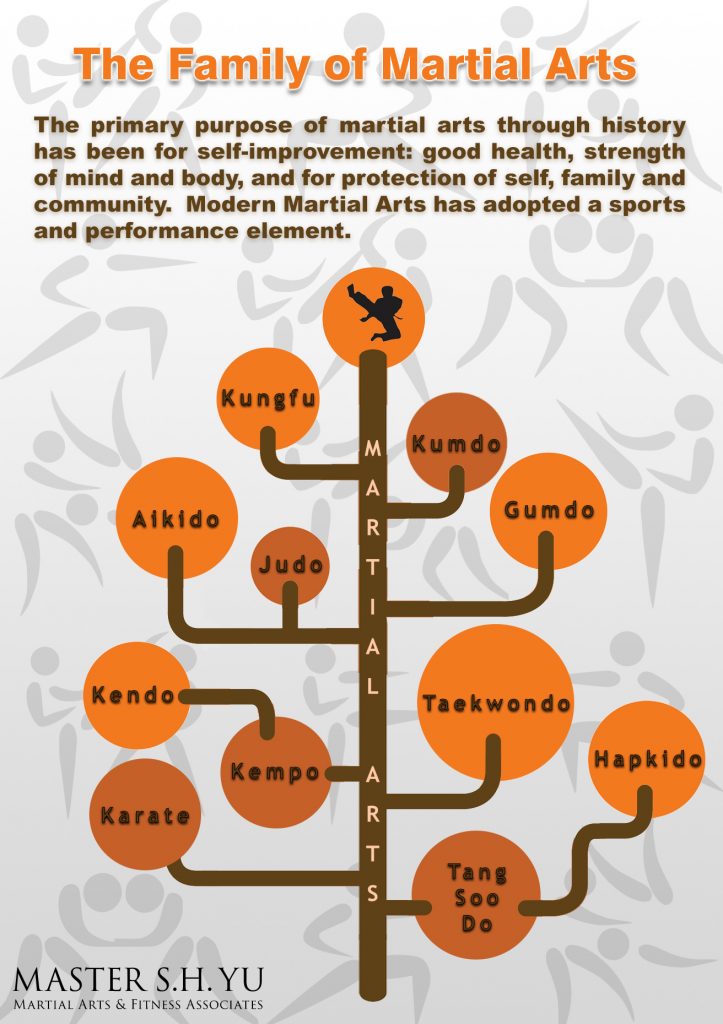Understanding The Fundamentals And Relevance Of Taekwondo Patterns
Understanding The Fundamentals And Relevance Of Taekwondo Patterns
Blog Article
Post Writer-Lindegaard Goode
Did you recognize that there more than 20 various taekwondo kinds, each with its very own unique sequence of motions and methods? These kinds, likewise referred to as poomsae, play a critical duty in the technique and advancement of taekwondo experts.
But what exactly are these forms, and why are they so substantial? In this discussion, we will check out the fundamentals of taekwondo forms, their origins, and the key elements that make them an integral part of this fighting style.
Whether you're a beginner or a skilled professional, understanding the value of taekwondo kinds will certainly strengthen your recognition for this ancient technique and boost your trip in the direction of mastery.
Beginnings and Development
The origins and evolution of Taekwondo can be mapped back to old fighting styles practices in Korea. It was developed over 2,000 years back and has actually because turned into a popular and worldwide identified sport.
Taekwondo was greatly affected by different Oriental martial arts designs, such as Taekkyon and Subak, as well as Chinese fighting styles. why martial arts is good for kids was originally used as a way of protection, however with time, it advanced into an affordable sport that focuses on striking strategies and high kicks.
In the 20th century, Taekwondo undertook a substantial transformation and was standard into its modern type. The Korea Taekwondo Association played a critical duty in this process, aiding to develop guidelines, strategies, and creates that are still adhered to today.
Crucial Element and Strategies
Currently allow's check out the fundamental aspects and strategies of Taekwondo. To totally understand the crucial elements and strategies, it is necessary to dig deeper into the following subtopics:
- Stances: Taekwondo highlights the proper use of positions, such as the front position, back stance, and horse stance. These positions offer stability, balance, and power in performing numerous techniques.
- Strikes and Kicks: Taekwondo is renowned for its powerful and dynamic kicks, including the front kick, roundhouse kick, and side kick. Strikes, such as strikes and knifehand strikes, are likewise essential techniques in Taekwondo.
- Blocks and Protection: Efficient protection is vital in Taekwondo. Blocks, such as the high block and low block, are used to shield versus incoming assaults. Proper timing and positioning are key to successfully protecting oneself.
Benefits and Effect
One of the substantial benefits of practicing Taekwondo is the renovation of physical fitness and total well-being. By participating in routine training sessions, you can improve your cardiovascular health, toughness, adaptability, and endurance. Taekwondo includes a variety of movements that target various muscular tissue teams, aiding you construct a strong and toned physique.
Furthermore, this martial art advertises mental health by reducing stress and anxiety levels. women's martial arts classes near me and focus needed in practicing Taekwondo can help improve your focus and improve your capacity to deal with difficult situations.
Moreover, the practice of Taekwondo infuses a sense of self-esteem, self-control, and self-constraint, which can favorably influence numerous areas of your life. On the whole, exercising Taekwondo can lead to a healthier and more well balanced way of living.
Verdict
So there you have it! Taekwondo kinds aren't just plain routines, however a representation of the rich background and development of this martial art. By understanding the crucial elements and techniques, practitioners can gain numerous physical and psychological advantages.
From enhanced versatility and toughness to enhanced emphasis and technique, taekwondo types have a lasting impact on those who practice them.
So, whether you're a beginner or a skilled martial musician, accept the power of these forms and let them take you on a trip through time.
